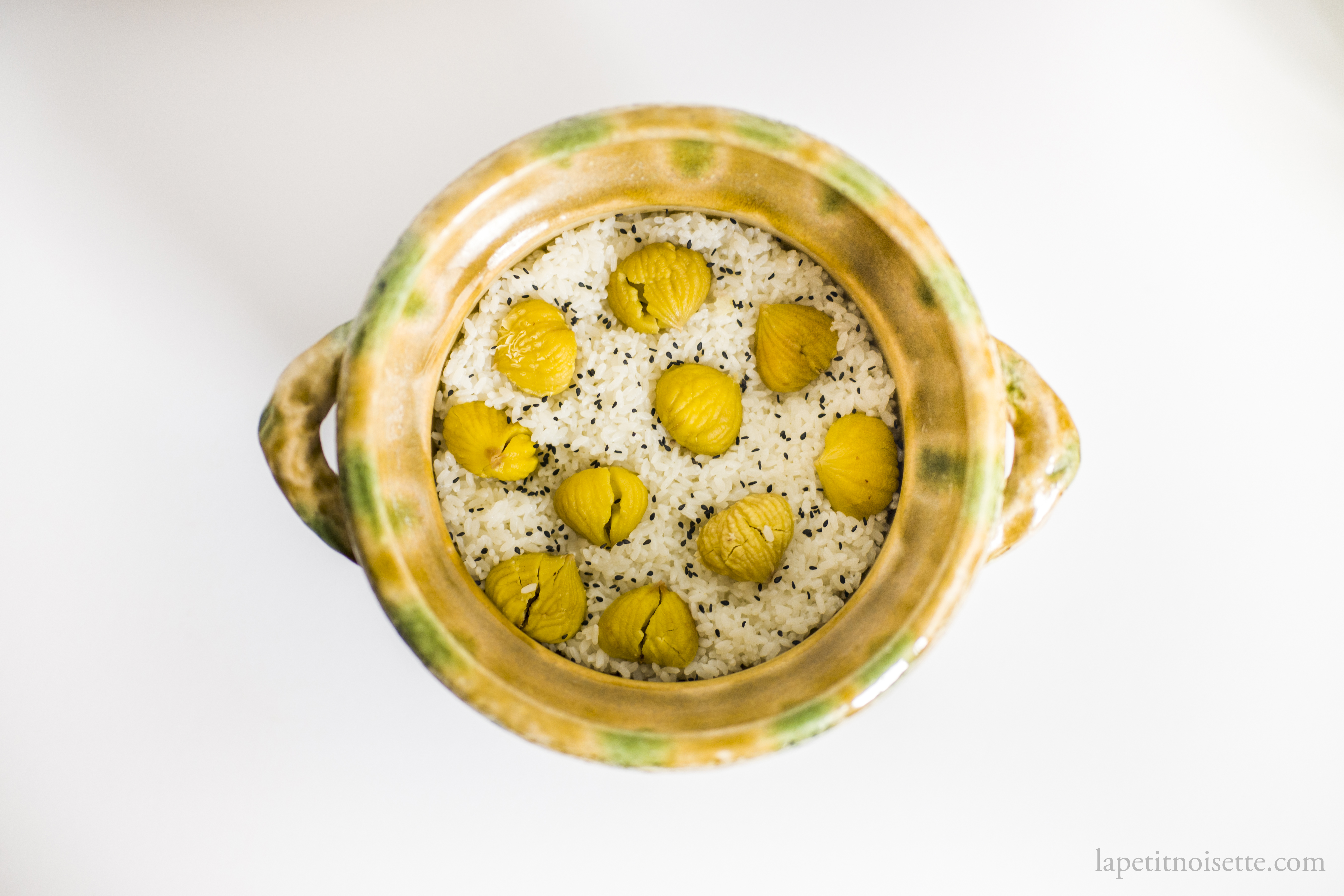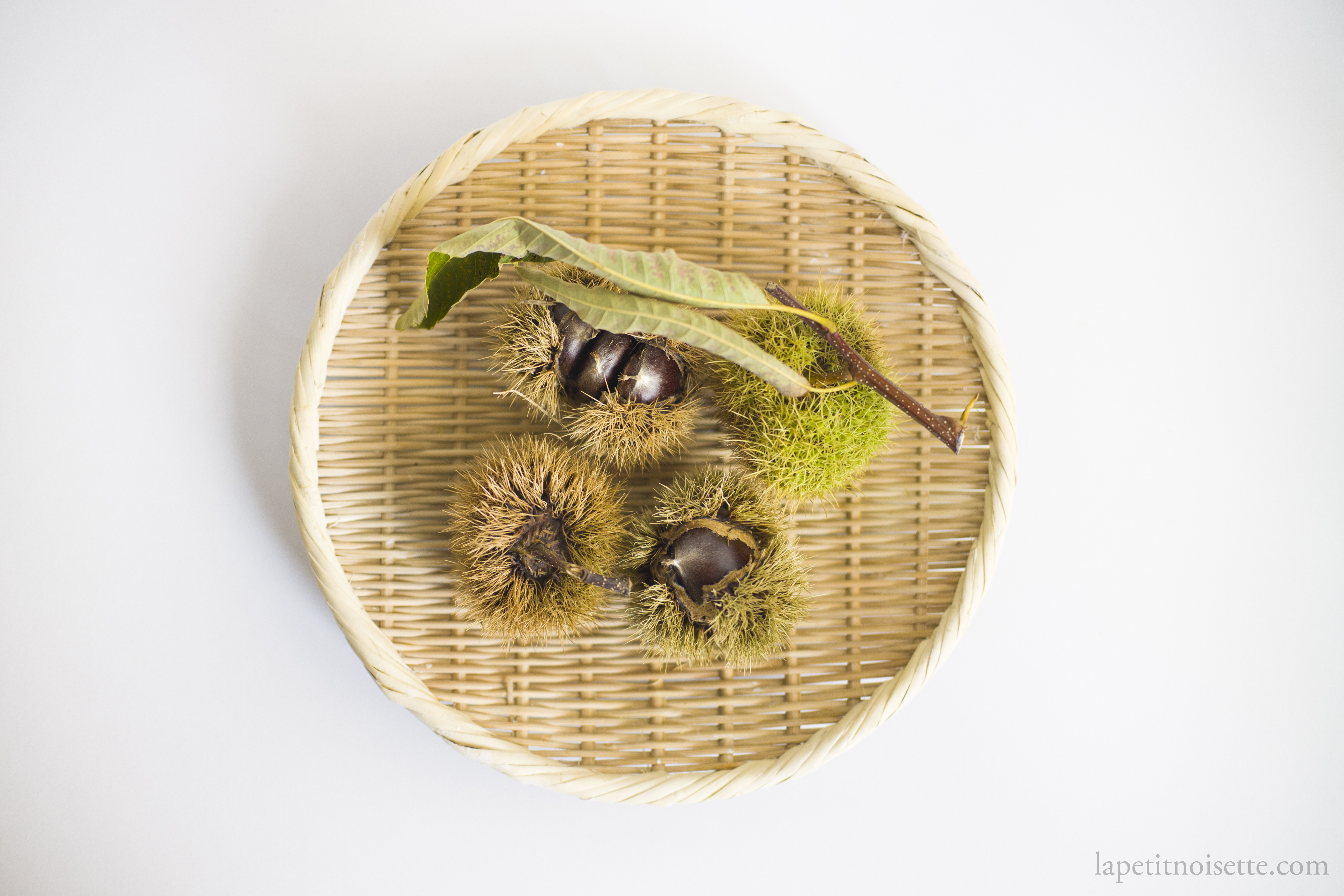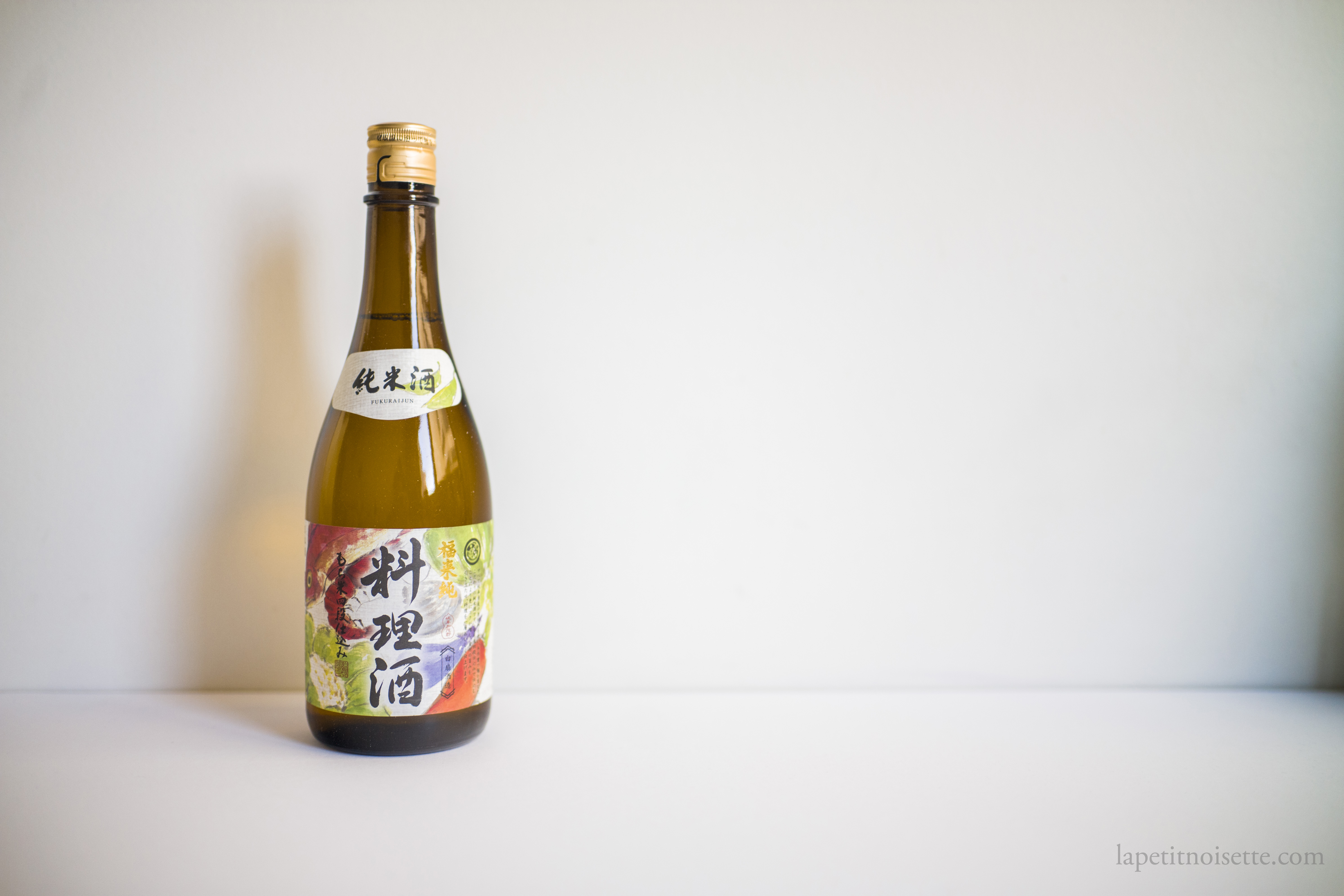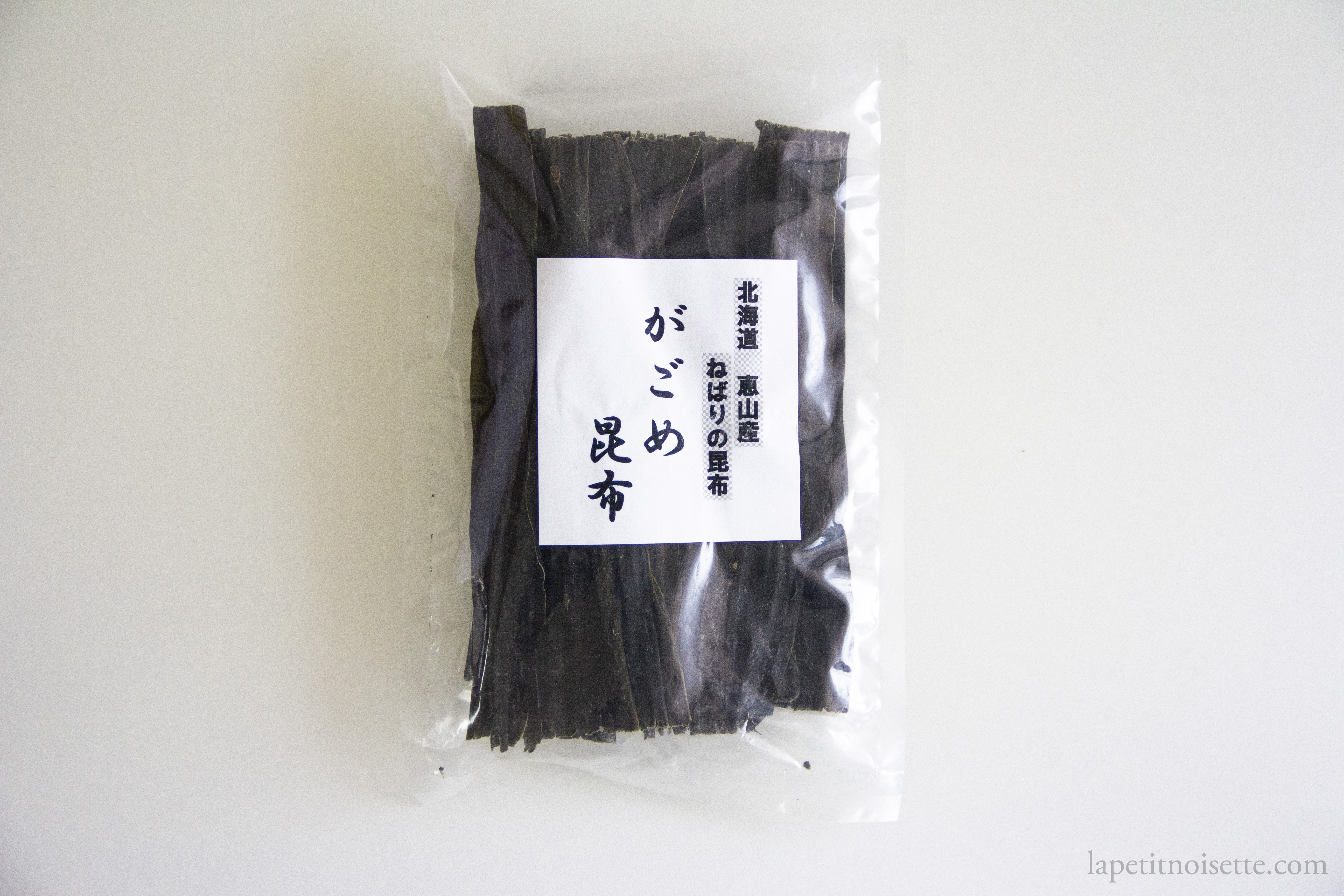Chestnut Rice in a Donabe Recipe (新米の栗ご飯の作り方)

Just like Sweetfish rice and Matsutake mushroom rice, this dish even more so than others aceturates the taste of rice with the addition of other ingredients. Not only are chestnuts (kuri/栗) seasonal like sweetfish and Matsutake mushrooms, their season, around September during the beginning of autumn, precisely coincides with the season for new rice.
Shinmai (新米), the term used for new rice by the Ministry of Agriculture, Forestry and Fisheries’ (農林水産省) Japanese Agricultural Standard (JAS) system, denotes rice harvested and packaged for sale in that current’s year’s harvest up to the end of the year. What makes this rice special is that because it has just been recently processed and dried and has not yet been sitting around in bags, they still retain quite a high moisture content compared to older rice (komai/古米). This is especially so for rice that is sun dried in the traditional manner compared to those that are dried mechanically or using artificial heat. New rice in Japan is prized in the same way the beginnings of nature’s bounties are celebrated such as the first returning bonito of the season (初鰹/hatsu katsuo) or tea from the new season (新茶). But does new rice merit it’s revered status taste wise?
If cooked correctly, definitely, though the qualities are fairly subtle which makes it better to enjoy in simpler preparations. New rice has what you’d call a “sweeter” taste compared to older rice but it is mainly superior in it’s texture that is more fluffy yet glutinous at the same time. Because of the higher water content in new rice, if using a claypot rice cooker, you’d ideally want to reduce the amount of water you’d add to the pot ever so slightly (the instructions to what we did at the restaurant can be found in our article on rice). If you’re lucky enough to own one of those high-end rice cookers with fuzzy logic* programmed into them, theoretically your rice cooker should be able to self-adjust the cooking times and you’d not need to vary the amount of water you add, but you can reduce the water just in case, as the same fuzzy logic will be able to compensate for it. Ideally, perfectly cooked rice would have an overall sweet and fluffy texture, but yet retains the ability to let you feel each individual rice grain in your mouth, a seemingly paradoxical ideal that is strived for.

Going back to chestnuts however, they have been eaten in Japan since the very beginning even during the Jomon period, though not to be confused with the Japanese horse-chestnut (tochinoki/栃の木) that is toxic unless leeched and was also eaten during that period but has no been relegated to the category of mountain vegetables (sansai). Chestnuts themselves do not have a long shelf life unlike other nuts that can be kept for quite a long time if kept in their shells. The signs of high quality chestnuts are that they should be heavy for their size and only give slightly when pressed. If the shell gives a lot when pressed, it probably indicates that the chestnut inside has dried out and is no longer fresh. When cooked, the texture and taste of chestnuts is akin to that of a freshly roasted sweet potato, with the same yellowish flesh and sweet crumbly texture.
Chestnut rice in Japan in my opinion is one of those interesting dishes that are more a feature of Japanese home cooking rather than food that you’d find in a restaurant, and the traditional way the dish is prepared reflects that. Rather than roasting the chestnuts before peeling them which is the common practice around the world, the chestnuts are briefly placed in boiling water before the stove is turned off and the chestnuts are left to cool in the water before peeling. Chestnuts themselves have an outer shell and inner skin that sticks to flesh, each respectively known as the demon skin (鬼皮) and bitter/astringent skin (渋皮). The bitter skin is actually one of the hardest to remove as it has a tendency to stick to the chestnut flesh, or even worse, grow into the crevices in the chestnut making it impossible to remove. Once boiled, the demon skin on the chestnut (the hard outer shell) is easy enough to remove, but the astringent skin is sometimes simply cut off with a paring knife with many small cuts, giving the chestnuts a rather rustic look of a ball with many flat edges on it. This in my opinion is wasteful as a lot of the chestnut flesh is discarded along with the bitter skin.

With the vast amount of information available to us nowadays however, it is easy to see why the traditional method of cooking chestnuts for chestnut rice is not ideal. It is not the boiling that’s the problem, but allowing it to cool in the water. To be able to peel the demon skin and bitter skin of a chestnut easily, the key technique is to peel them whilst they are hot. I repeat here, when the chestnuts are hot, not even warm. This is similar to the way the great chef Joel Robuchon demands that in the preparation of his famous mash potatoes, where the potatoes are peel and milled whilst piping hot to before the potatoes cool and become starchy. Peeling the chestnuts whilst piping hot allows you to remove the demon skin and bitter skin much easier. Of course you can continue even if the chestnuts are warm, but you’d find the bitter skin gradually sticking to the chestnut flesh. Furthermore, by allowing it to sit in boiling water for so long risks the overcooking of the chestnuts. For this recipe, I personally prefer to only par-cook the chestnuts long enough for the skin and shell to be easily removed so that when cooked further in rice, it is perfectly done when finished. The full breakdown of how I’d prefer to peel chestnuts is broken down in the recipe below.

Chestnut with New Season’s Japanese Clay Pot Rice Recipe
560g of new short grain sushi rice (3 cups)
570ml of water, preferably soft water
Around 25 raw unpeeled chestnuts
20ml of cooking sake
Sea salt
*if using normal rice, add 20ml more water to total 590 water. If not using sake, replace with 20ml of water to maintain hydration.
- To peel the chestnuts, begin by cutting a cross on the bottom of the chestnut where it is no longer smooth using a paring knife or a pair of scissors. The aim here is to cut the chestnut deep enough so that you completely break through the outer shell without breaking the inner flesh. Some recipes call for you to make the cut on the smooth surface of the chestnut but I’m not sure if that would work for this technique.
- Bring a large pot of water up to a boil before boiling the chestnuts for 8 minutes. You’d want the water at a rolling boil before you put in the chestnuts so that the chestnuts spend the full 8 minutes at a high temperature. The temperature will drop slightly when you put the chestnuts in but the effect is minimal if you use a large pot of water.
- Prepare a large bowl with a clean towel or cloth inside.
- Once the chestnuts have boiled for 8 minutes, strain them out and place them in the large bowl and wrap with the towel.
- Immediately take a chestnut and start peeling, first the outer shell and then the inner skin. Keep the remaining chestnuts warm by keeping them under the towel. If the chestnuts are too hot, it might help to wear tight gloves when you peel them, or even a double layer of gloves. Loose fitting gloves will make it hard for you to remove the inner bitter skin.
- If the chestnuts start to become harder to peel as they cool, you can boil the chestnuts for another minute to reheat them up again, or just make do peeling the warm chestnuts. I personally find it possible to peel 12 chestnuts per batch before they cool down, so I usually just boil 12 and peel them whilst the next 12 boil.
- Rinse the rice 3 to 4 times until the water runs clear to remove the excess start and drain well.
- Place the rice in your donabe rice cooker, add the water and sake before gently placing the chestnuts on top. You don’t want the chestnuts to be buried underneath the rice because that might cause some of the rice to not fully cook if they are not submerged under the water.
- Sprinkle some sea salt into the pot, close the lid and let it soak for 30 minutes.
- If using a Nagatanien donabe or any other donabe, cook on medium heat for 15 to 20 minutes until steam starts coming out from the hole on top of the donabe.
- Once steam is coming out from the donabe, continue cooking for 2 minutes before switching off the flame and allowing it to rest for 20 minutes. The rice should now be ready to serve.
- If your donabe rice cooker’s instructions are different from that here, follow the instructions that came with your rice cooker.

Notes:
There exists several variations of this dish, some which include the small addition of soy sauce to the rice, or replacing the water used to cook the rice with dashi or adding a piece of kombu and a little mirin to the dish. For this dish, my preference is to simply use fresh chestnuts and high quality rice with a little salt and cooking sake to make the rice shine, thus accentuating the simple flavours of the ingredients by subtracting away other tastes. The most common preparation of this dish nowadays typically contains a sprinkling of black sesame seeds at the end which I personally quite enjoy for the textural contrast and aroma it provides.
Well toasted sesame seeds are an absolute joy that I particularly love on this dish. The technique that I was taught to toast sesame seeds with can be found in this article. and adapted to black sesame seeds with a little experience. Sprinkle the toasted black sesame seeds on the rice after the rice is done along with some extra seasalt.
If using a donabe rice cooker by Nakagawa Ippento or Nakagawa Isshiro. Cook the rice on high heat until the water is boiling (around 10 minutes). The water is boiling when steam can be seen escaping from the lid of the pot. It is natural for water to start bubbling from the sides of the lid of the pot. Once boiling, turn down the heat to low and cook for 10 minutes, before allowing the rice to rest for 10 more minutes with the lid on. The residual heat of the pot will be enough to finish cooking the rice. Due to the thickness of the clay as well as the full glaze, high heat can be applied to the pot immediately without it cracking.
*Fuzzy logic is the system that advanced rice cookers use to determine the cooking time, amount of steam released and water retained when attempting to automatically cook the perfect rice. Because of the complexity in determining all the factors that go into such an endeavour, the logic behind how the program manages all the factors is supposedly unclear and complicated, thus the name fuzzy logic.